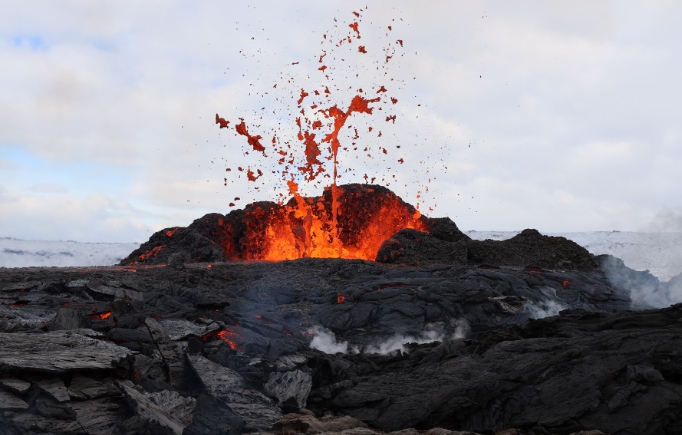Earthquakes and volcanoes are natural phenomena that have fascinated and frightened humans for centuries. But what causes these powerful, Earth-shaking events? Let’s dive into the science behind earthquakes and volcanoes to understand what you need to know.
Plate Tectonics: The Driving Force
The Earth’s outer shell is divided into large, rigid plates that float on the semi-fluid mantle beneath. These plates are in constant motion, moving imperceptibly over millions of years. When two plates are pushed together or pulled apart, tremendous amounts of energy are released in the form of earthquakes and volcanic eruptions.
Subduction Zones: Where Earthquakes and Volcanoes Collide
Subduction zones are areas where one tectonic plate is forced beneath another. This collision creates intense pressure and friction, leading to earthquakes and the formation of volcanic arcs. The infamous Ring of Fire, encircling the Pacific Ocean, is a prime example of a subduction zone.
Fault Lines: The Sites of Earthquake Activity
Fault lines are cracks in the Earth’s crust where two plates meet. When stress builds up along a fault line, it can suddenly release, causing an earthquake. The San Andreas Fault in California is a well-known example of a major fault line that is constantly monitored for seismic activity.
Magma Chambers: The Source of Volcanic Eruptions
Beneath the Earth’s surface, molten rock known as magma accumulates in chambers. When pressure builds up within a magma chamber, it can erupt explosively, spewing ash, gas, and molten rock onto the surface. The volcanic eruptions on Hawaii’s Kilauea and Iceland’s Eyjafjallajökull are recent examples of this phenomenon.
Monitoring and Preparedness: Mitigating the Impact
Scientists use a variety of tools, such as seismometers and GPS, to monitor earthquake and volcanic activity. By studying patterns and trends, they can predict when and where these events are likely to occur, helping to mitigate their impact on vulnerable communities. It is crucial for individuals and governments to be prepared with emergency plans and supplies to minimize the loss of life and property in the event of a major earthquake or volcanic eruption.
In conclusion, earthquakes and volcanoes are powerful forces of nature that shape the Earth’s landscape and pose a threat to human civilization. By understanding the science behind these phenomena and taking proactive measures to monitor and prepare for them, we can better protect ourselves and our communities from their devastating effects.

